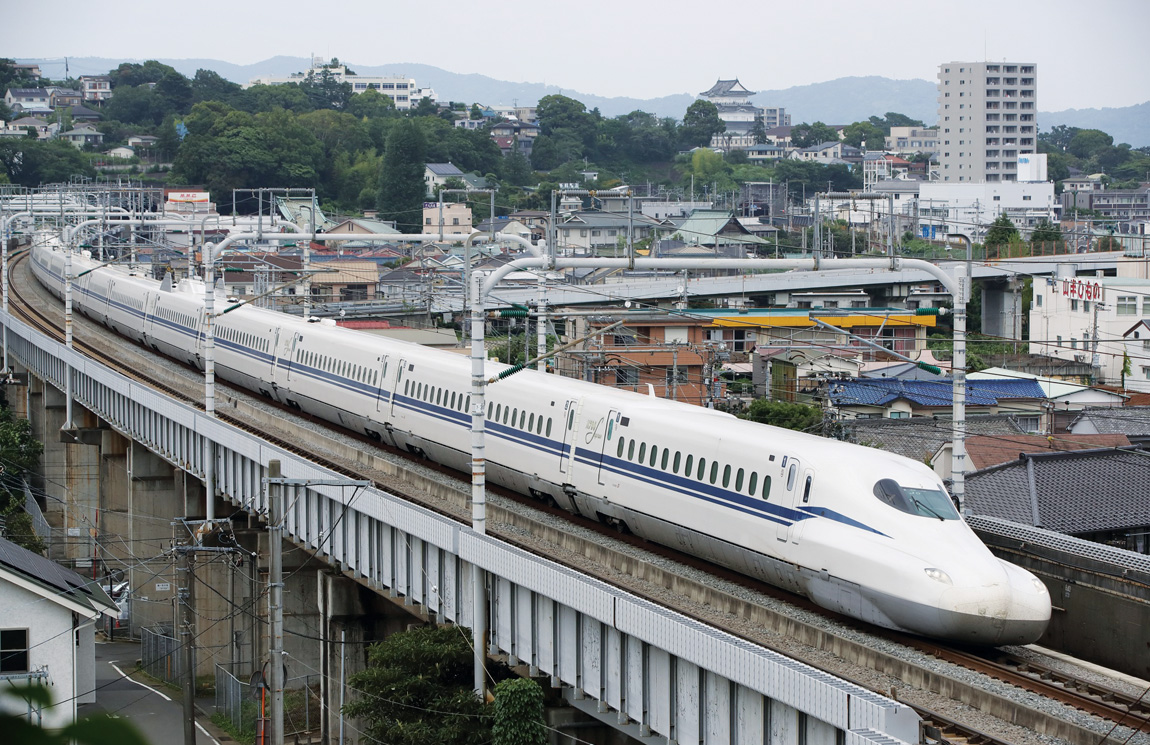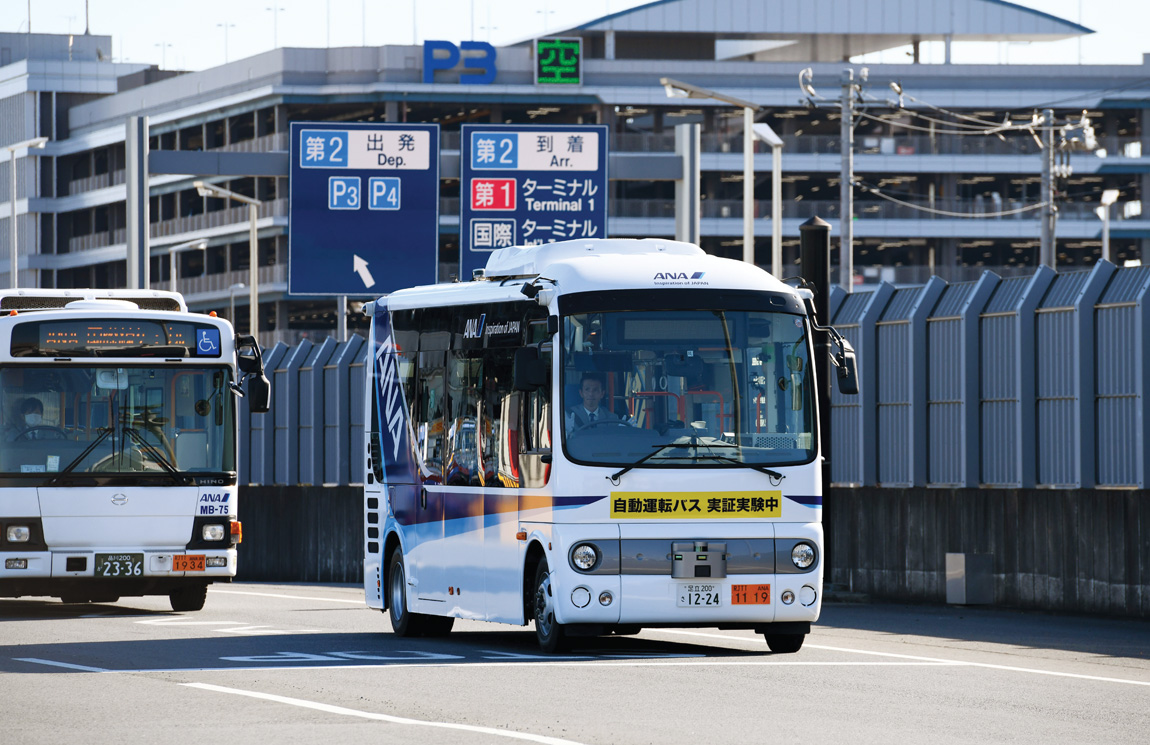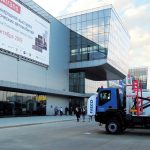Japan addresses logistics challenges

While sporting events, such as the Olympic Games, provide cities with many financial gains, they can be a logistics nightmare. The 2020 Tokyo Olympic Games is proving to be no different. MARISKA MORRIS investigates
The railway system in Tokyo, Japan, is one of the largest and busiest in the world. It stretches over 195 km and transports eight-million commuters daily. The Shinjuku Station, alone, sees an average of about 3,6-million passengers per day with over 200 exist points in the station. It was crowned one of the world’s busiest stations.
While extensive, the system is already under tremendous strain. In a 2018 survey of urban train congestion in the city, the Japanese ministry of transport revealed that 11 routes exceeded 180-percent congestion. The survey described this level of congestion as the commuter being able to read a newspaper while standing, but unable to fold the paper in half.
The Tozai and JR Yokosuka lines reached 200-percent congestion in which contact between commuters was forced because of the body pressure from surrounding passengers. With an estimated influx of 700 000 sporting fans and athletes for the 2020 Olympic Games, the railways will mostly likely buckle under the pressure.
News organisation CNN quoted professor Azuma Taguchi: “There is a possibility that the number could increase one and a half times during the Olympic Games.” He warned that the system would be crippled if it reached 300 percent capacity.
To combat the expected congestion, the city is encouraging commuters to travel during off-peak periods by introducing a number of incentives including coupons.

In partnership with the Olympic Organising Committee, the Japanese government has also introduced its Smooth Biz campaign. In an article for The Diplomat, Thisanka Siripala reports: “The three-part strategy urges Japanese employees to work from home during the games.” This includes offering temporary satellite workplaces in the suburbs to staff who are unable to work remotely.
Businesses are also prompted to rework shifts to stagger transport use. An estimated 2 292 companies had committed to participating in the campaign by August. The ultimate goal is for around 600 000 workers from 3 000 companies to work remotely.
However, this might not be enough. According to Siripala, the programme will only decrease congestion by a predicted two to five percent for lines with maximum congestion.
Similarly, road networks in the city will be under additional pressure with an estimated 70 000 additional vehicles on the road. To address this, the city will hike up toll pricing in an attempt to encourage off-peak travel. During the Olympic Games, an additional US$ 9,50 (R139,42) will be charged in Tokyo between 06:00 and 22:00.
Buses, taxis, trucks and pre-registered vehicles for people with disabilities will be exempt from these charges. However, to encourage logistics companies to use the highways at night, the city will halve toll costs between midnight and 04:00 for vehicles equipped with an electronic toll-collection device.
Aside from the inner-city logistics challenges presented by the 2020 Tokyo Olympic and Paralympic Games, the actual event will require its own transport solutions for athletes, coaches and fans. Toyota – the official vehicle partner of the games and top Japanese vehicle manufacturer – has an entire line-up of electric vehicles (EVs) for the event.

With its range of EVs, Toyota aims to achieve the lowest emissions target level of any official fleet used at a previous Olympic or Paralympic Games. It will provide around 3 700 vehicles for the event of which 90 percent are EVs.
The range includes the hydrogen-powered Mirai and plug-in hybrid Prius PHV passenger vehicles, the battery-powered Accessible People Mover (APM) for athletes with disabilities, e-Palette bus and the futuristic Concept-i.
There will be around 500 Mirai passenger vehicles to transport staff around the venue, while around a dozen e-Palette buses will travel on a continuous loop within the Olympic Village to transport staff and athletes. The e-Palette vehicles will feature automated driving with an operator onboard to monitor the system.
The 200-odd APM buses expected at the event will transport attendees with disabilities within the venue. The futuristic Concept-i will be the operating vehicle at the Olympic torch relay and lead vehicle in the marathon. These vehicles will also be used for test drives to highlight advanced driving technology such as automated driving.
The vehicles for staff transportation will also be equipped with preventative safety technologies, including the Toyota Safety Sense and Lexus Safety System. The commercially available vehicles, such as the Mirai, will further be fitted with intelligent clearance sonar, which assists with braking when the acceleration pedal is misapplied.
Published by
Mariska Morris
focusmagsa




